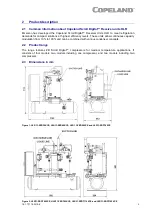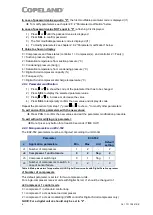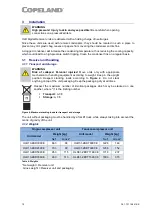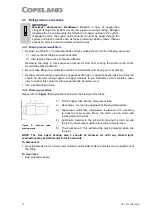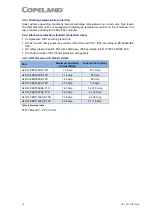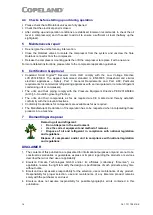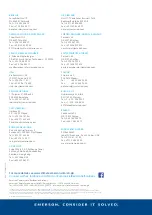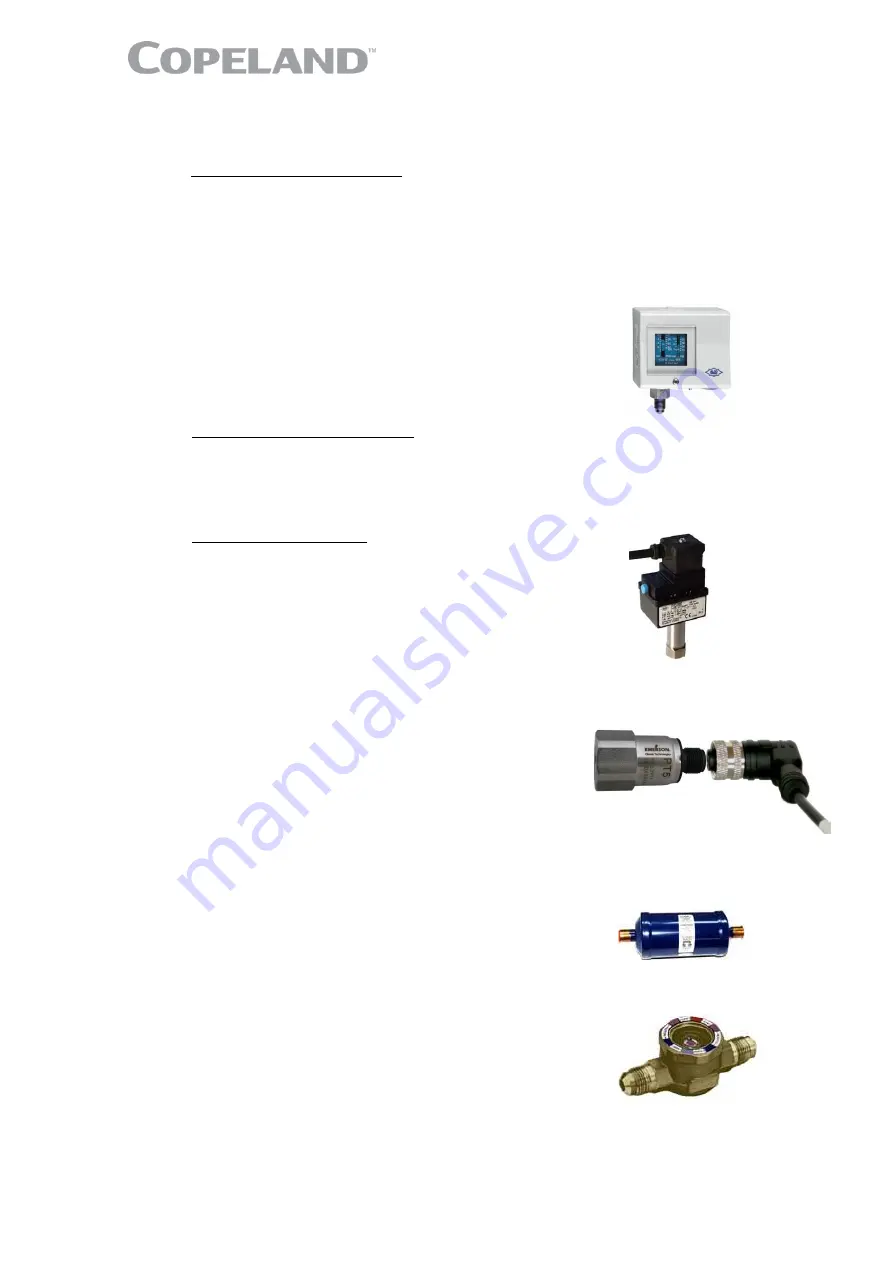
6
C6.1.7/1110-0519/E
For precise setting of the control, external gauges must be used.
The
PS2-W7A
has the following characteristics:
▪
Adjustable dual pressure switch
Set point adjustment range: LP (left) = -0.5 to 7 bar and HP (right) = 6 to 31 bar
Differential adjustment range: LP = 0.5 to 5 bar, HP = 4 bar
Factory setting: LP = 3.5 / 4.5 bar, HP = 20 bar
NOTE: The HP value should be set at maximum 26.2 bar (according to EN 12263).
2)
Alco Controls PS1-W3A (Single low-pressure switch with automatic reset)
The control is equipped with display scale and pointers to
indicate the approximate settings. The display scales are
printed in relative pressure units "bar" and "psi".
For precise setting of the control, external gauges must be
used.
The
PS1-W3A
has the following characteristics:
▪
Adjustable single pressure switch
Set point adjustment range: = -0.5 to 7 bar
Differential adjustment range: = 0.5 to 5 bar
Factory setting: = 3.5 / 4.5 bar
3)
Alco Controls PS3-W4S (High-pressure switch with automatic reset)
▪
Fixed switch point settings
Cut-out point: 26.2 bar
Cut-in point: 22 bar
4)
Alco Controls PT5 Pressure
Transmitter
Digital Receiver units are equipped with HP and LP pressure transmitters, connected to the
EC2-552 electronic unit controller
– see chapter 2.8 "Electronic
controller EC2-552".
An Alco PT5-30M pressure transmitter is used at the high-pressure
part of the system. An Alco PT5-07M pressure controller is used at
the low-pressure part of the system. The PT5 pressure transmitter
converts a pressure into a linear electrical 4-20 mA current output
signal. The heart of the transmitter is a piezoresistive chip enclosed
in an oil capsule.
2.7.5 Liquid line equipment
1)
Filter drier Alco Controls ADK-plus
ADK-165 liquid line filter drier is for new installation or
after service. Optimum blend of molecular sieve and
activated alumina.
2)
Liquid sight glass Alco Controls AMI 1SS*
The AMI series of moisture indicator is designed to monitor
the moisture content within the liquid line of a refrigeration
system. When the line is empty of liquid, circles may be
seen in the glass. However, when the liquid refrigerant
touches the glass, the circles disappear indicating the
system is fully charged.






